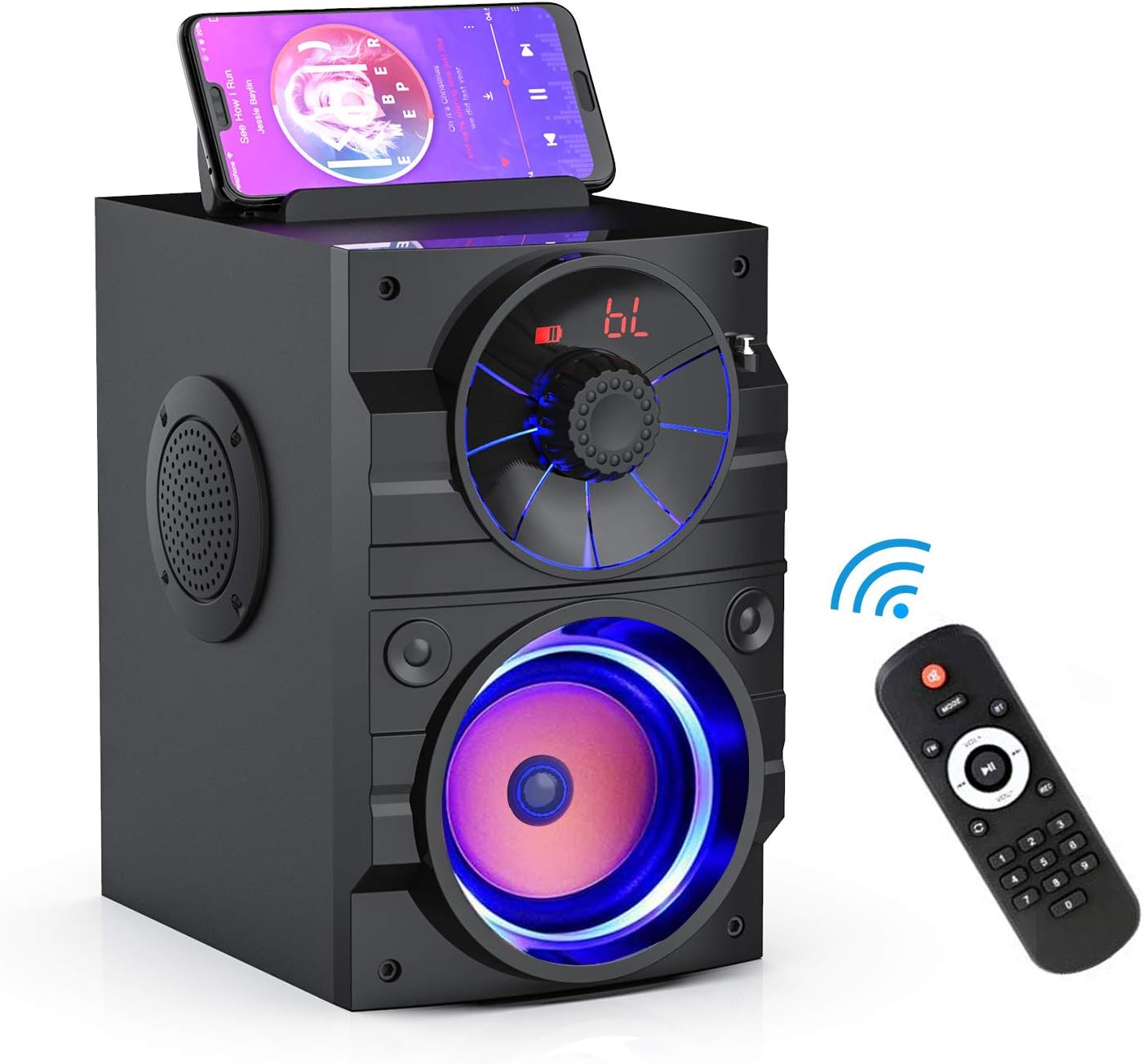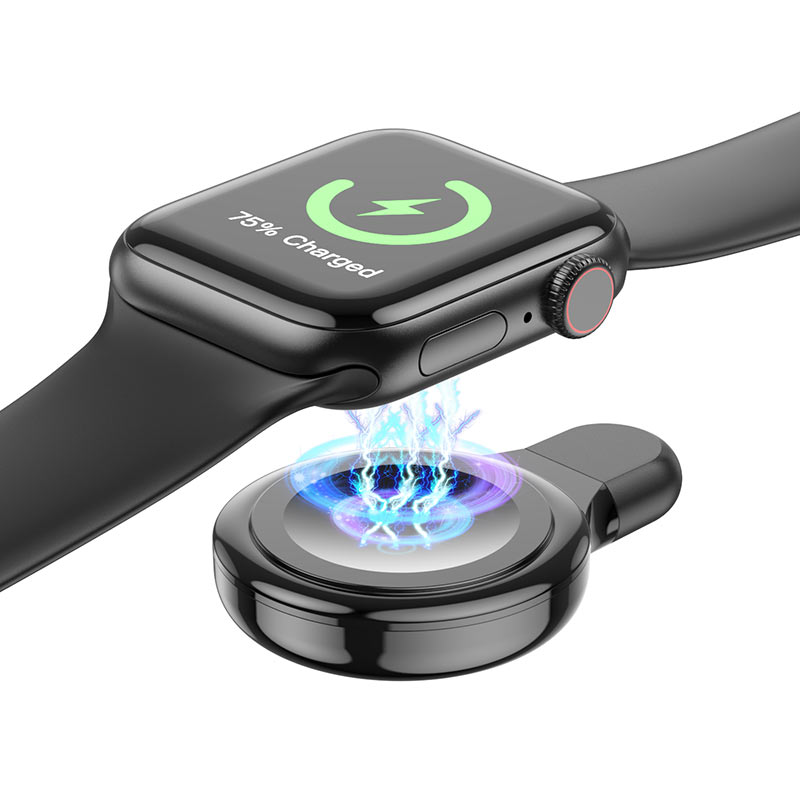how to solve windows problem
Solving Windows problems can vary greatly depending on the specific issue you’re encountering. Here’s a general guide to help you troubleshoot and resolve common Windows problems:
- Restart Your Computer: Sometimes, a simple restart can fix many common issues. Restart your computer and see if the problem persists.
- Check for Windows Updates: Make sure your Windows operating system is up to date. Windows updates often include fixes for known issues and security vulnerabilities.
- Run Windows Troubleshooters: Windows includes built-in troubleshooters that can automatically diagnose and fix common problems. You can access them by typing “troubleshoot” in the Windows search bar and selecting the appropriate troubleshooter for your issue.
- Check Device Drivers: Outdated or incompatible device drivers can cause various issues in Windows. Make sure your device drivers are up to date by visiting the manufacturer’s website or using Windows Device Manager to update drivers.
- Scan for Malware and Viruses: Malware and viruses can cause a variety of issues on your computer. Use a reputable antivirus program to scan your system for malware and remove any threats it detects.
- Check Disk Space: Ensure that you have enough free disk space on your system drive (usually the C: drive). You can free up disk space by deleting unnecessary files or programs.
- Check for Application Conflicts: Some software programs may conflict with each other or with the operating system, causing issues. Try uninstalling recently installed programs or disabling startup programs to see if the problem resolves.
- Perform System Restore: If you recently installed new software or made changes to your system settings that caused the problem, you can use System Restore to revert your system to a previous state when it was working correctly.
- Check Hardware: If you suspect that the problem is hardware-related, such as a failing hard drive or faulty RAM, you can run hardware diagnostics to identify and resolve hardware issues.
- Seek Online Support: If you’re unable to resolve the issue on your own, you can search online forums, communities, or contact Microsoft support for assistance. Be sure to provide as much detail as possible about the problem you’re experiencing.
Remember to back up your important files regularly to prevent data loss in case of unexpected issues. If you’re unsure about performing any troubleshooting steps, it’s always a good idea to seek help from a knowledgeable friend or professional technician.



